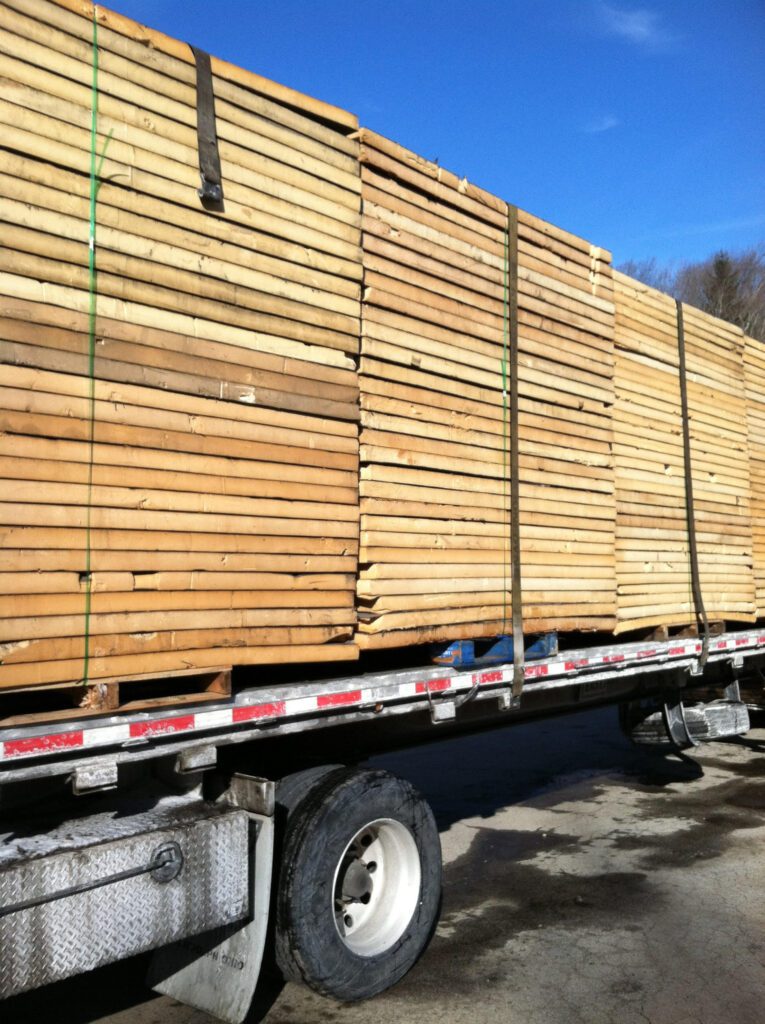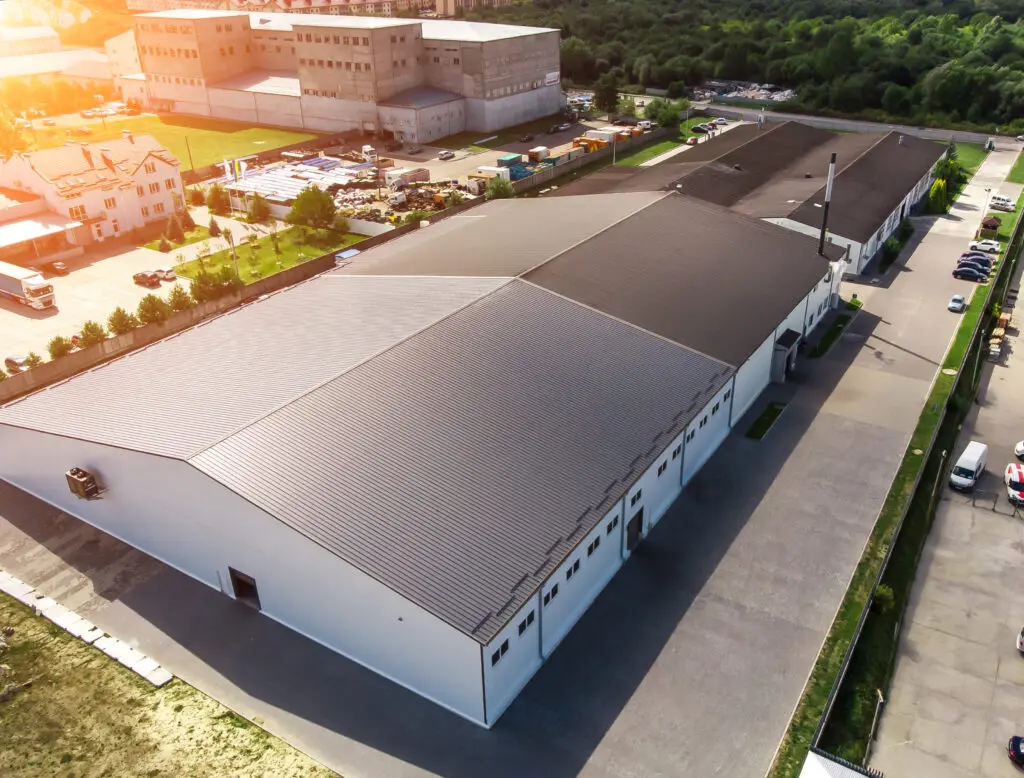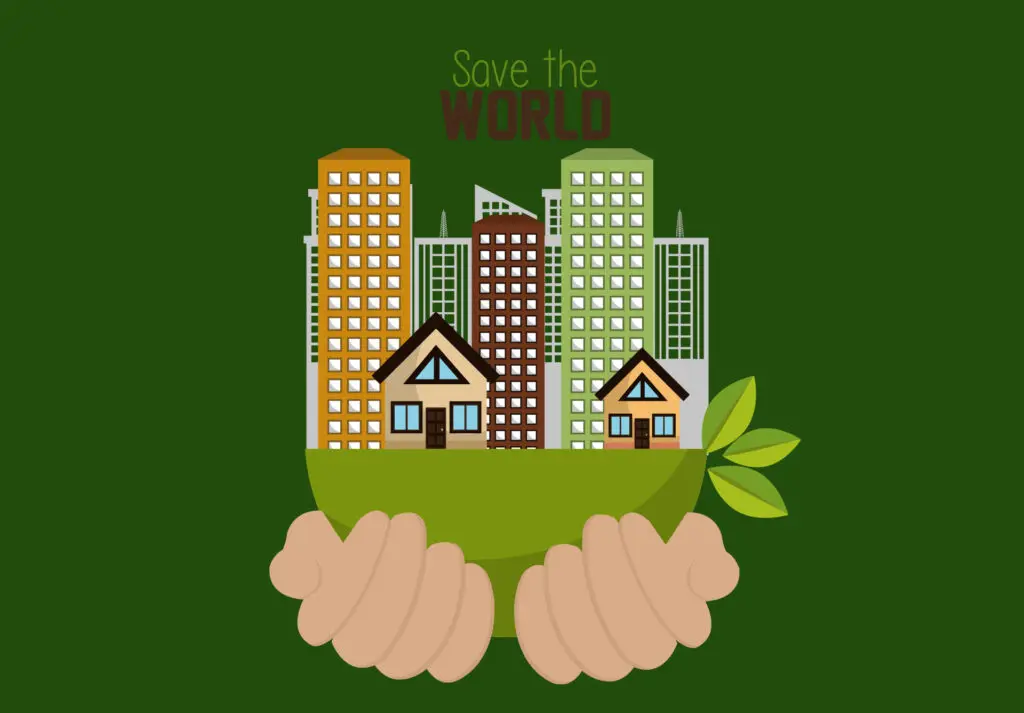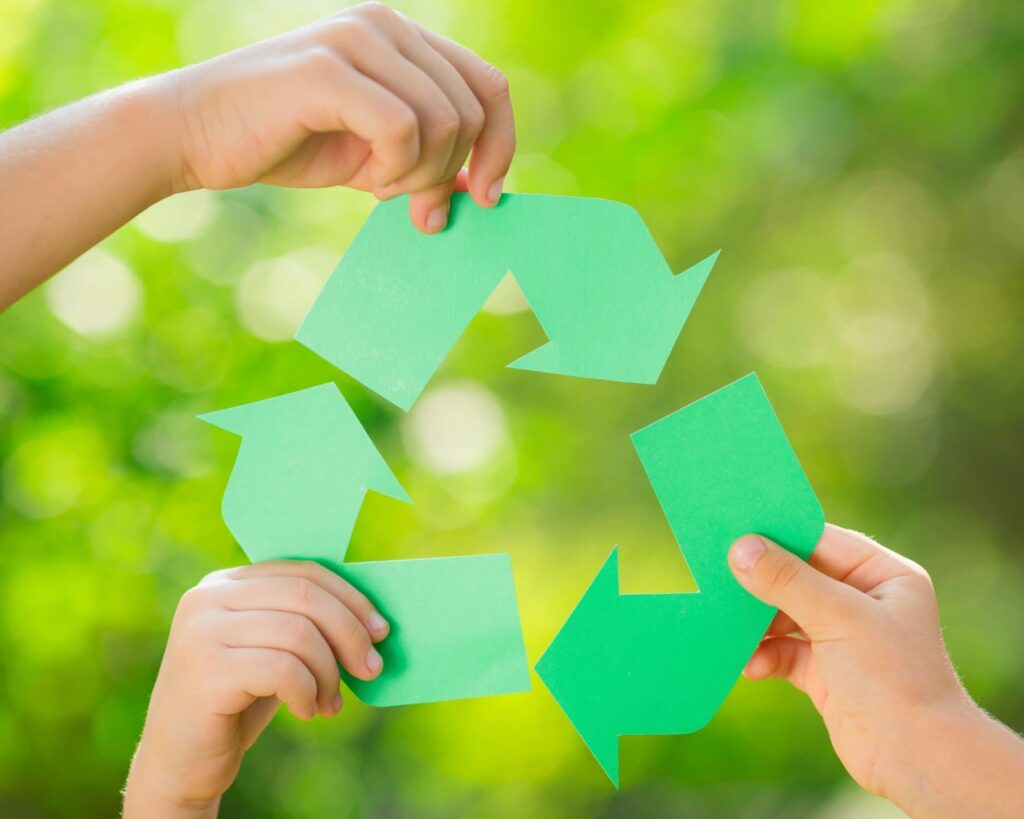Recycled insulation materials
Building a Circular Economy in Construction: How Insulation Recycling Contributes to a Sustainable Future
The concept of a circular economy provides a practical alternative to address the growing environmental challenges of resource depletion and landfill overcrowding. This model emphasizes the importance of keeping resources in use for as long as possible, extracting the maximum value from them while in use, and recovering and regenerating products and materials at the…
Read MoreReclaimed Insulation: Disrupting the Waste Cycle for a Greener Building Industry
Proper insulation is crucial for creating energy-efficient buildings that provide lasting comfort. It helps control temperatures, reduces energy consumption, and lowers your utility bills. Yet, there’s an often overlooked aspect within the world of insulation – the environmental impact of disposal. This blog post uncovers why reclaimed insulation could be the key to sustainable building…
Read MoreThe Cost Benefits of Insulating with Reclaimed Foam Panel Insulation
Homeowners and builders always want to maximize their investments, and improving energy efficiency is no exception. Proper insulation plays a crucial role in keeping your home comfortable and your energy bills low. Instead of opting for brand-new foam insulation, consider the significant cost advantages of reclaimed foam panel insulation. What is Reclaimed Foam Panel Insulation?…
Read MoreWhy Your Next Roofing Project Needs Disposal Alternatives: A Guide for Decision-Makers
In the realm of construction and roofing, the push towards sustainability is not just a trend but a necessary shift to address environmental concerns and economic challenges. Traditional disposal methods of roofing materials contribute significantly to landfill waste, presenting an urgent need for sustainable practices. Enter Disposal Alternatives, an innovater in recycling roofing materials, offering…
Read MoreEnergy Efficiency and Cost Savings: The Dual Benefits of Recycled Foam Insulation
In an era where sustainability and cost-effectiveness are paramount, recycled foam insulation emerges as a beacon of hope. This innovative solution not only champions environmental stewardship but also promises significant financial benefits. This article delves into the world of recycled foam insulation, exploring its role in energy efficiency and cost savings. Understanding Recycled Foam Insulation…
Read MoreBuilding Green: The Rise of a Sustainable Insulation Revolution
The construction industry, a titan of human progress, casts a long shadow on our planet. It devours raw materials, spews carbon, and generates mountains of waste, a testament to our insatiable need for shelter. But within this behemoth, a quiet revolution is brewing, fueled by a potent mix of ingenuity and environmental conscience. This revolution…
Read MoreReclaimed vs Recycled Insulation Materials
In the realm of sustainable building, the choice of insulation materials plays a pivotal role. Not only does insulation impact a building’s energy efficiency, but it also has significant environmental implications. This article aims to clarify the differences between recycled and reclaimed/surplus insulation materials, underscore the environmental costs of landfilling useful materials, and shed light…
Read MoreAchieving Net-Zero Energy in Older Houses: A Step-by-Step Retrofit Guide
As the world faces the pressing challenges of climate change and energy sustainability, the concept of net-zero energy has gained increasing importance. Net-zero energy, also known as zero-energy buildings or ZEBs, refers to a building’s ability to generate as much energy as it consumes over a defined period, typically a year. These buildings employ energy-efficient…
Read MoreUsing Recycled Insulation Can Reduce Your Carbon Footprint
Insulation is one of the most important aspects of building design and construction, as it affects the comfort, health, and energy efficiency of the occupants. However, not all insulation materials are created equal when it comes to their environmental impact. Some insulation materials, such as fiberglass, mineral wool, and polyurethane foam, are made from virgin…
Read MoreHow Below Grade Polyiso Insulation Can Help You Achieve Net Zero Energy or Passive House Standards
Net Zero / Passive House Building Standards for Lowest Energy Use & Carbon Emissions If you are looking for a way to reduce your energy consumption and greenhouse gas emissions, you may want to consider building or retrofitting your home to net zero energy or passive house standards. These are two of the most rigorous…
Read More









